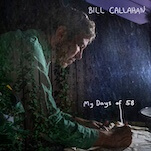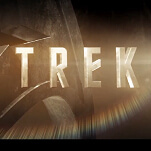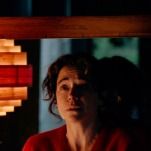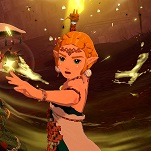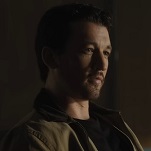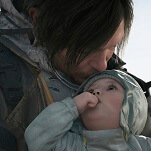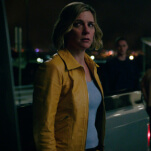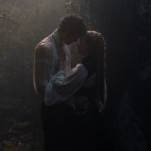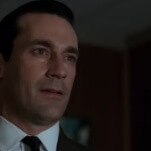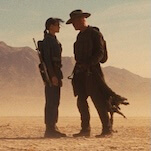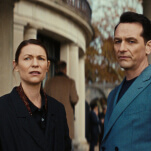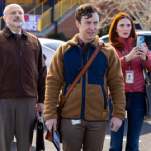The leads are two brooding youths, Serah and Noel. They’re out to rescue the much more appealing (and woefully scarce) heroine Lightning from banishment and change history to prevent the end of the world and various other tragedies. Insipid and obnoxious in Final Fantasy XIII, Serah is much easier to swallow here. Suffering has made her a more tolerable human being. Her sidekick Noel, a Kyle Reese protector from the future, is a bland hunk with a good haircut and Prince Of Persia pants.
Much of Final Fantasy XIII-2’s appeal comes by way of combat, which splits the difference between classic RPGs’ deliberate turn-based action and contemporary real-time brawls. The special sauce here is the “paradigm shift”—an on-the-fly fire drill that swaps character classes and pulls new teammates from the bend to help turn the tide of battle. Fights ebb and flow, shifting between combo-building attacks, defensive maneuvers, and straight-up aggression. And these fights look dynamite. They’re awash with magic, speed, and cartoonish action. Orchestrating this beautiful carnage feels good.
Final Fantasy XIII-2’s time-travel plot wallows too much in poorly sketched paradox, but it does offer the opportunity to skip from fantastic world to fantastic world without a care. The greatest benefit is that this outing feels much less linear than its predecessor—players are invited to back away from brick-wall bosses and explore the timeline, gaining strength, gearing up, and chasing new quests at will. The freedom is appreciated.
But more importantly, this unbound narrative allows the designers to stretch their creative legs. Players jump from Blade Runner dystopias to verdant monster lairs atop overgrown trees. A highpoint finds Serah and Noel at the edge of reality, where an ancient, sandy ruin bleeds into a vast starscape. As they explore, they rebuild reality, revealing a dead coastal encampment on a kind of terminal beach ringed with sand-dunes and the wreckage of an ancient civilization. There’s more romance in this gorgeous, magic-hour snapshot of a world than is purposefully embedded in most of Final Fantasy III-2’s mainline plot. Roadside diversions like this can make a journey feel worth taking, even when the final destination isn’t all that hot and the company stinks.




